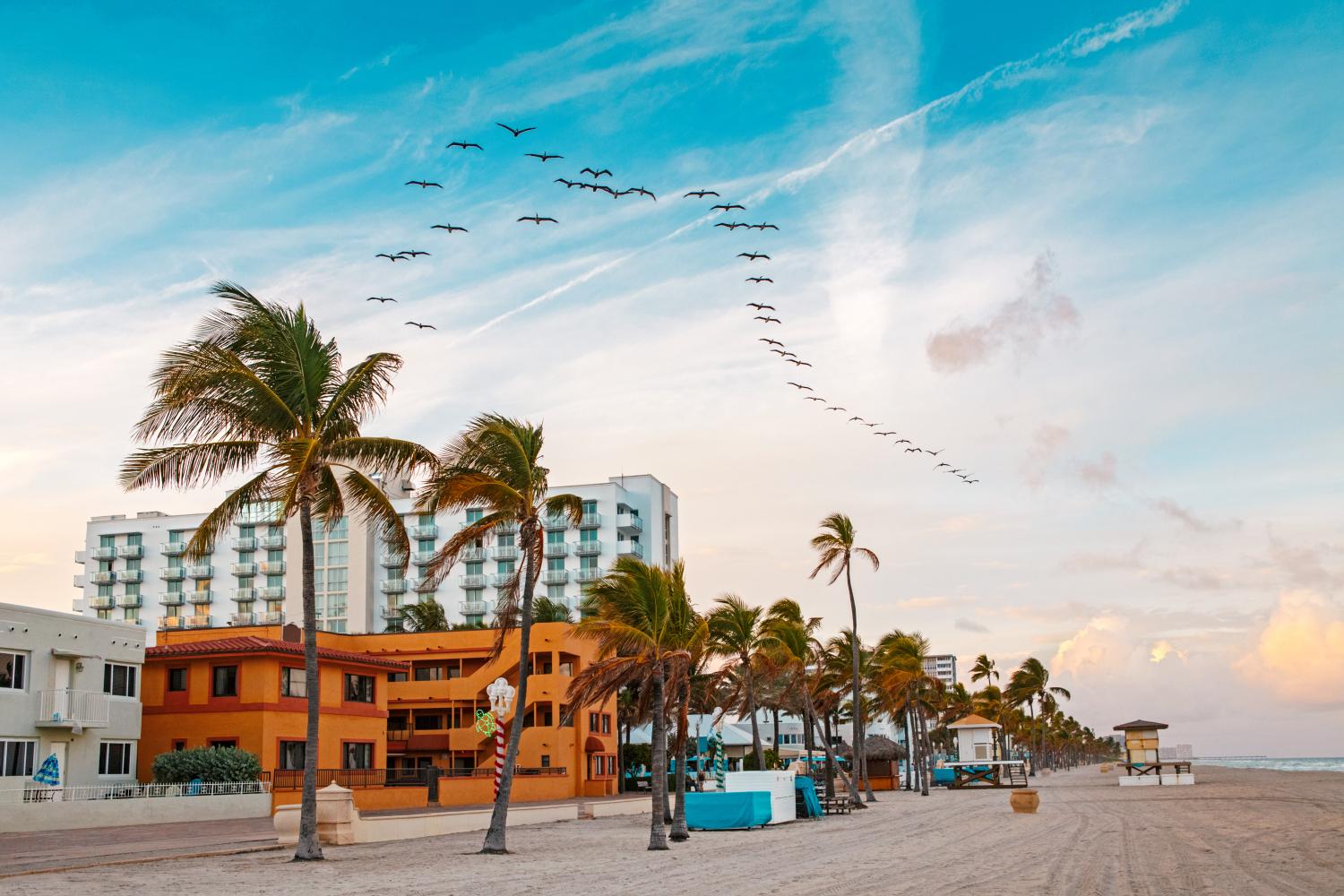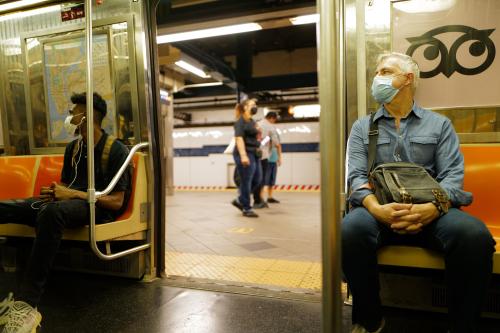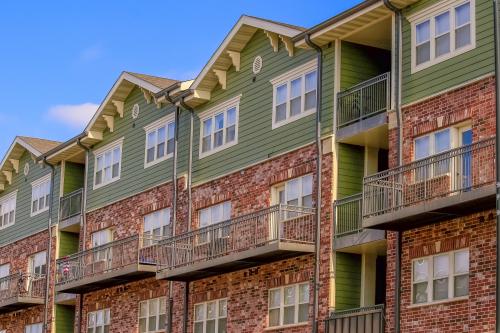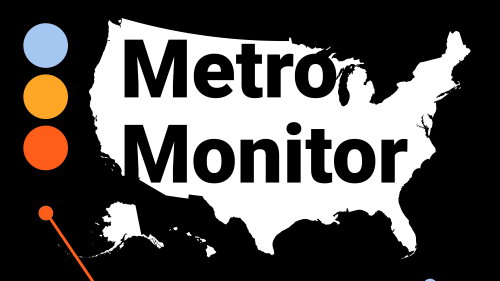As COVID-19 vaccines are distributed and infection rates trend downward, predictions for what post-pandemic America will look like have begun.
In late February, Wall Street analysts calculated that GDP growth will surpass pre-pandemic expectations by 2022. On the workforce front, the McKinsey Global Institute projected significant long-term shifts in demand, with more health professionals and STEM workers and proportionately fewer food, production, customer service, and office support workers.
These are national, big-picture forecasts. But what about U.S. states and cities? What will the COVID-19 aftermath mean for regional employment growth and local labor markets?
It’s unlikely that all cities and regions will fare equally well. To the contrary, in a nation of varied local economies, the pandemic’s long-term impacts will likely also vary.
In this analysis, we use a new projection of national industry trends from the Bureau of Labor Statistics (BLS) to estimate the pandemic’s longer-term impact on states and metropolitan areas through the end of the decade.
Released last month, the new BLS projections update the bureau’s recent economic “baseline” forecasts with an eye toward quantifying potential long-term structural changes that may result from consumer and firm behavior due to the pandemic. The projections are noteworthy because they represent a plausible effort to forecast factors such as the nation’s increased avoidance of interpersonal contact, firms’ embrace of telework, and expanded demand for information technology (IT)—all amid plenty of ongoing uncertainty.
Figure 1 displays the new national projections for “strong” and “moderate” impacts that slightly accelerate shifts already reflected in the earlier baseline. Professional, scientific, and technical services as well as information industries are slated to grow even faster than in earlier forecasts, while leisure and sales industries are now expected to grow as much as 10% slower than before.

What do we find when we use the BLS scenarios to map 10-year changes across states and metro areas? For both states (Map 1) and metropolitan areas (Map 2), the pandemic’s long-term aftershocks look to be both meaningful and variable, notwithstanding the usual caveats about the uncertainties associated with such projections.


In both depictions, the first takeaway is that for all places, the pandemic is shaping up to depress employment growth from 1% to 4% over the next 10 years. So, while the immediate public health crisis will hopefully dissipate in the next year, the potential for longer-term and widespread economic impacts should not be underestimated.
With that said, the interplay across places of accelerated scientific-technical and IT sector growth and reduced leisure, entertainment, and retail activity makes for a regionally disparate economic picture, with several troubling features.
Across states, tech- and science-oriented (and often northern) locations such as Massachusetts, New York, and Connecticut stand to see relatively smaller employment slowdowns from the baseline growth scenario. This reflects the fact that they could see gains in IT and science employment while experiencing fewer negatives than elsewhere given their lower reliance on the vulnerable leisure, tourism, and dining sectors.

Conversely, southern, Sun Belt, and tourism-centric states such as Florida, Hawaii, and Nevada—which have limited scientific or IT sectors and heavy reliance on accommodation and food services, entertainment, and retail—could see meaningfully depressed employment growth over the next 10 years. These states depend on industries for which the BLS projects by far the largest reductions of growth from the baseline. Therefore, these places may see 2% to 3% less employment growth in the next decade, with the disruption falling heaviest on states’ lowest-paid workers.
Turning to the nation’s metro areas, the story is even clearer. Mapping the BLS projections onto a metropolitan scale reveals a sharp north-south divide.
Across the entire northern tier of the nation, greater orientation to scientific, information, or manufacturing pursuits and less reliance on leisure, tourism, and retail activity means that city regions there may see relatively narrower employment growth slowdowns in the pandemic’s aftermath. The list of the least-negatively affected metropolitan areas is dominated by “superstar” tech centers (San Jose, Calif., Washington, D.C., and Boston), university towns strong in science and IT (Trenton-Princeton, N.J., Ann Arbor, Mich., Durham-Chapel Hill, N.C., Boulder, Colo., and Ithaca, N.Y.), and manufacturing hubs (Elkhart-Goshen, Ind., Dalton, Ga., Battle Creek, Mich., and Columbus, Ind.). None of these metro areas are heavily dependent on leisure, tourism, or retail employment, and none stand to see employment growth slip by more than 1.5% below the BLS baseline. Manufacturing helps a number of them.

By contrast, the 20 most heavily impacted metro areas are almost exclusively southern, Sun Belt, or beach-based leisure and vacation centers. These communities include Atlantic City and Ocean City, N.J., Las Vegas, Gulfport, Miss., Myrtle Beach, S.C., and Orlando and Cape Coral-Fort Myers, Fla. As a group, these locales stand to see their 10-year employment growth sliced substantially by anywhere from 2.5% (in Orlando and Cape Coral) to 3.3% or 3.6% (in Myrtle Beach, Las Vegas, Ocean City, and Atlantic City). These metro areas should brace for a sluggish recovery with potential stagnation for their vulnerable tourism-based businesses and waves of low-wage, low-stability workers.
As the nation hopes for summer recovery, the analysis shared here represents a warning sign. To be sure, these forecasts (like the BLS forecasts underlying them) in no way propose precise estimates of projected change, and they depend on uncertain assessments of the longer-term impact of a still-evolving health crisis. Both positive and negative surprises may yet influence outcomes.
Still, the BLS’ new forecasts—mapped onto places—provide a useful caution. Above all, they underscore the often drawn-out aftereffects of major economic shocks. Even amid optimistic forecasts and encouraging early signs, the complicated reality of recoveries remains the same. Recovery occurs, but as the divide between places shows, it is frequently less evenly distributed than expected.







